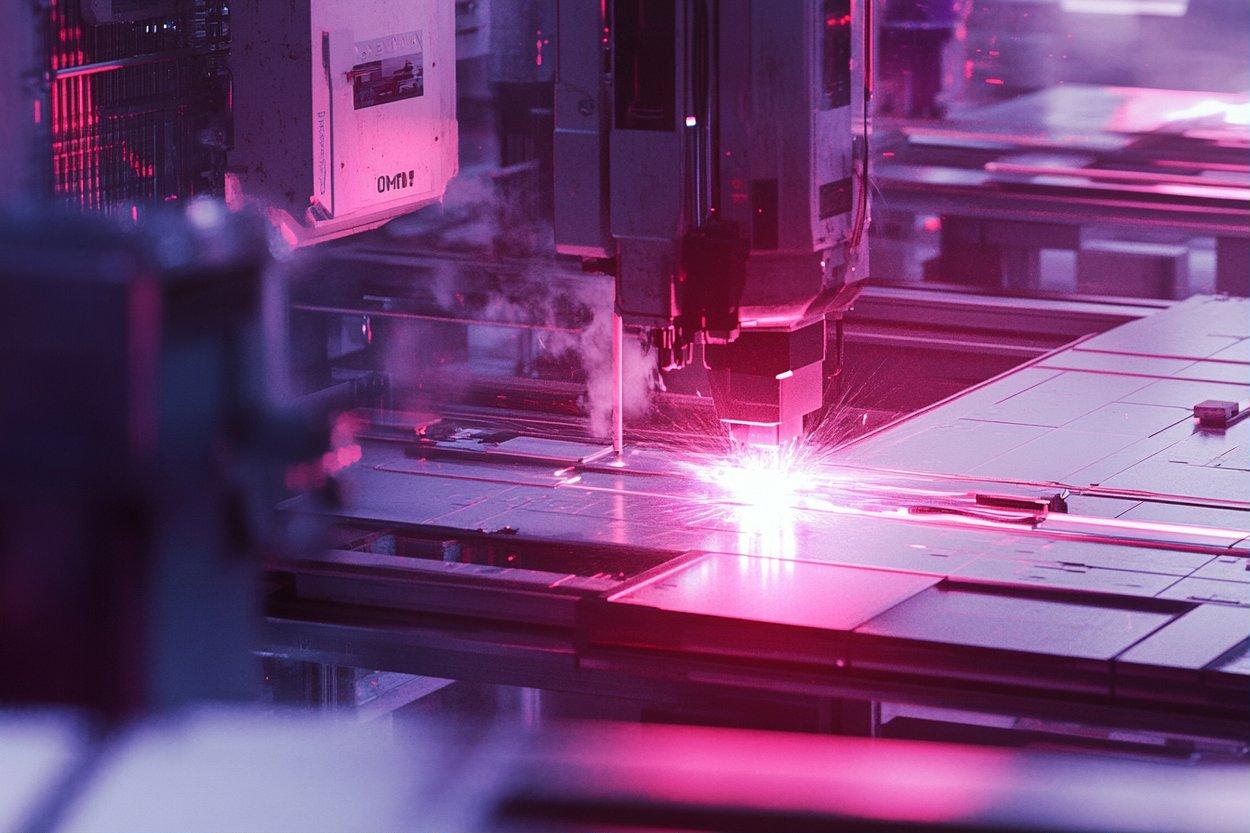Laser Welding Machines: Precision, Speed, and Sustainable Advantages
In today's fast-paced manufacturing world, laser welding machines have revolutionized metal joining processes with unmatched precision, speed, and sustainability. Whether in automotive, aerospace, electronics, or medical device production, laser welding delivers cleaner, stronger, and more efficient results compared to traditional welding methods.

What are laser welding machines and how do they work?
Laser welding machines utilize high-powered laser beams to melt and fuse materials together. This process involves focusing a concentrated beam of light onto a small area, generating intense heat that creates a weld pool. As the beam moves along the joint, it forms a strong, precise weld. Unlike conventional welding techniques, laser welding requires no filler material and can join a wide range of metals and alloys with minimal heat-affected zones.
How does laser welding compare to traditional welding methods?
Compared to traditional welding methods like arc or resistance welding, laser welding offers several distinct advantages. Firstly, it provides superior precision, allowing for extremely narrow and deep welds with minimal distortion. This is particularly beneficial for intricate or delicate components. Secondly, laser welding is significantly faster, with some systems capable of welding at speeds of up to 10 meters per minute. Additionally, the process generates less heat, reducing the risk of material warping or damage to surrounding areas.
What are the key benefits of using laser welding machines?
Laser welding machines offer a host of benefits that make them increasingly popular in various industries. They provide exceptional weld quality with high repeatability, ensuring consistent results across large production runs. The process is highly automated, reducing labor costs and minimizing human error. Laser welding also allows for joining dissimilar materials and welding in hard-to-reach areas, expanding design possibilities. Moreover, the non-contact nature of laser welding eliminates electrode wear and reduces maintenance requirements.
Which industries are embracing laser welding technology?
Laser welding technology has found applications across numerous industries. In the automotive sector, it’s used for body-in-white assembly, powertrain components, and battery production for electric vehicles. Aerospace manufacturers employ laser welding for turbine components and structural elements. The electronics industry utilizes it for precise connections in circuit boards and consumer devices. Medical device manufacturers rely on laser welding for creating sterile, hermetically sealed components. Even jewelry makers have adopted the technology for intricate designs and repairs.
What are the latest advancements in laser welding technology?
Recent advancements in laser welding technology have focused on improving efficiency, versatility, and ease of use. Fiber laser welders have gained popularity due to their high beam quality, energy efficiency, and low maintenance requirements. Remote laser welding systems, which use scanning optics to rapidly move the beam across workpieces, have significantly increased production speeds. Additionally, the integration of artificial intelligence and machine learning algorithms is enhancing process control and quality monitoring, leading to smarter, more adaptive welding systems.
How do different types of laser welders compare in performance and cost?
| Laser Welder Type | Provider | Key Features | Cost Estimation |
|---|---|---|---|
| Fiber Laser Welder | IPG Photonics | High efficiency, low maintenance, versatile | $50,000 - $150,000 |
| Nd:YAG Laser Welder | TRUMPF | Good beam quality, pulsed operation | $40,000 - $120,000 |
| CO2 Laser Welder | Coherent | High power, suitable for thick materials | $30,000 - $100,000 |
| Diode Laser Welder | nLIGHT | Compact, energy-efficient, low cost | $20,000 - $80,000 |
Prices, rates, or cost estimates mentioned in this article are based on the latest available information but may change over time. Independent research is advised before making financial decisions.
When comparing different types of laser welders, fiber laser welders stand out for their high efficiency and low maintenance requirements, making them suitable for a wide range of applications. Nd:YAG lasers offer good beam quality and are particularly useful for pulsed welding operations. CO2 lasers provide high power output, making them ideal for welding thick materials. Diode lasers, while less powerful, offer a compact and cost-effective solution for smaller-scale operations.
The choice of laser welder depends on specific application requirements, production volume, and budget constraints. Fiber laser welders, while initially more expensive, often prove cost-effective in the long run due to their efficiency and low operating costs. CO2 and Nd:YAG systems may be more suitable for specialized applications or when transitioning from traditional welding methods. Diode lasers offer an attractive entry point for businesses looking to adopt laser welding technology on a smaller scale.
In conclusion, laser welding machines represent a significant leap forward in manufacturing technology, offering unparalleled precision, speed, and versatility. As advancements continue and costs decrease, we can expect to see even wider adoption of this transformative technology across various industries, further revolutionizing production processes and enabling new possibilities in product design and manufacturing efficiency.




